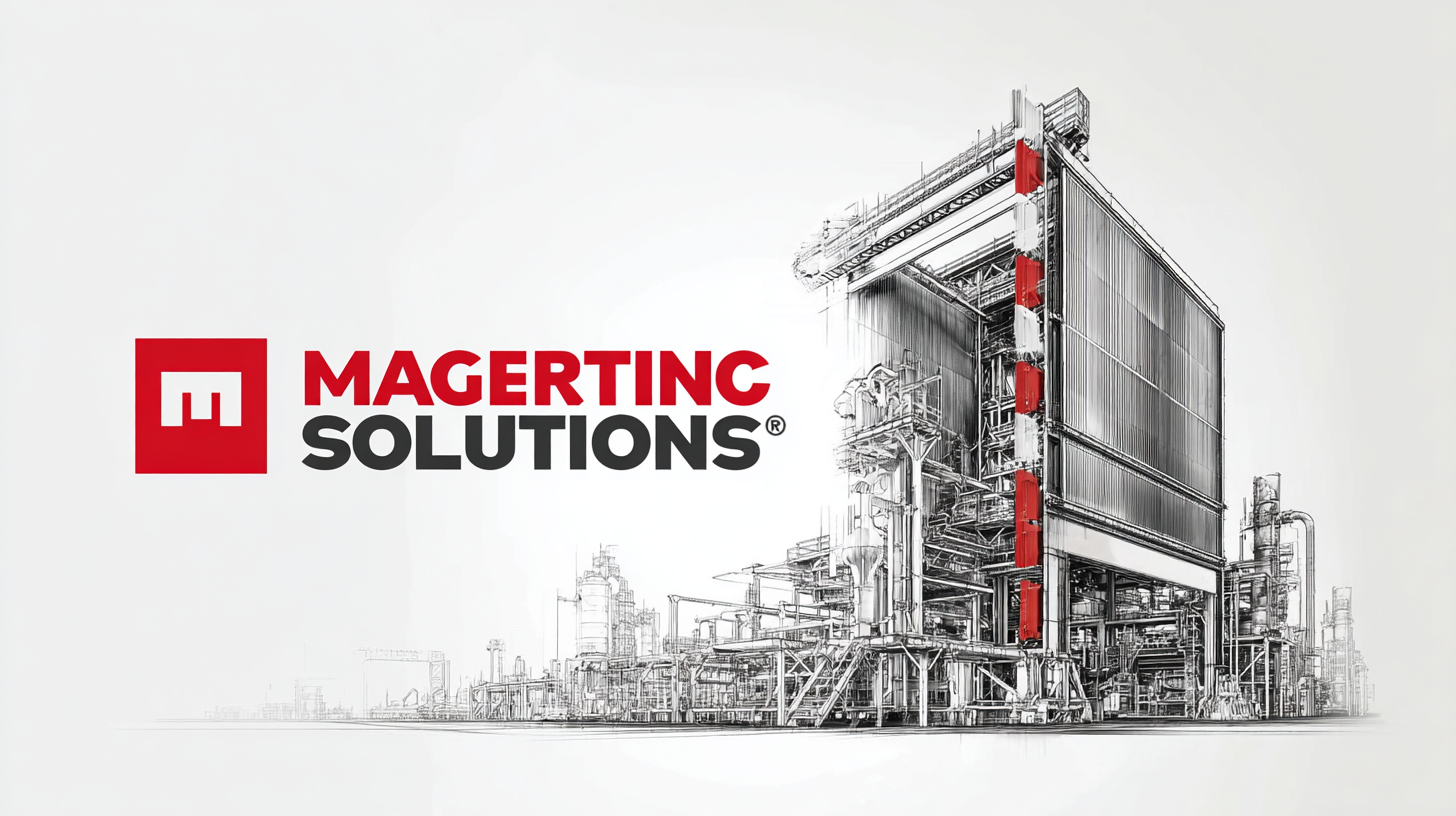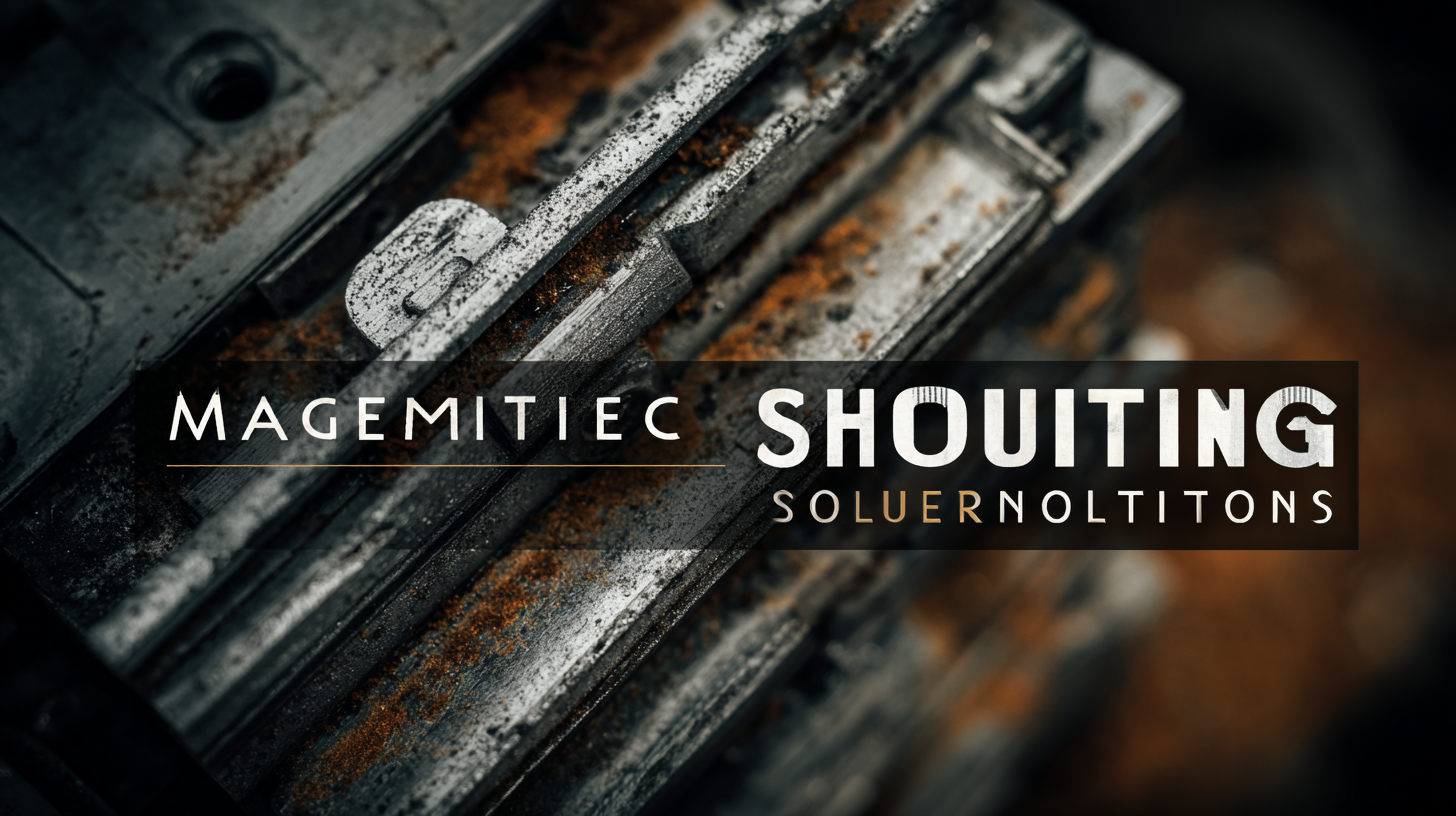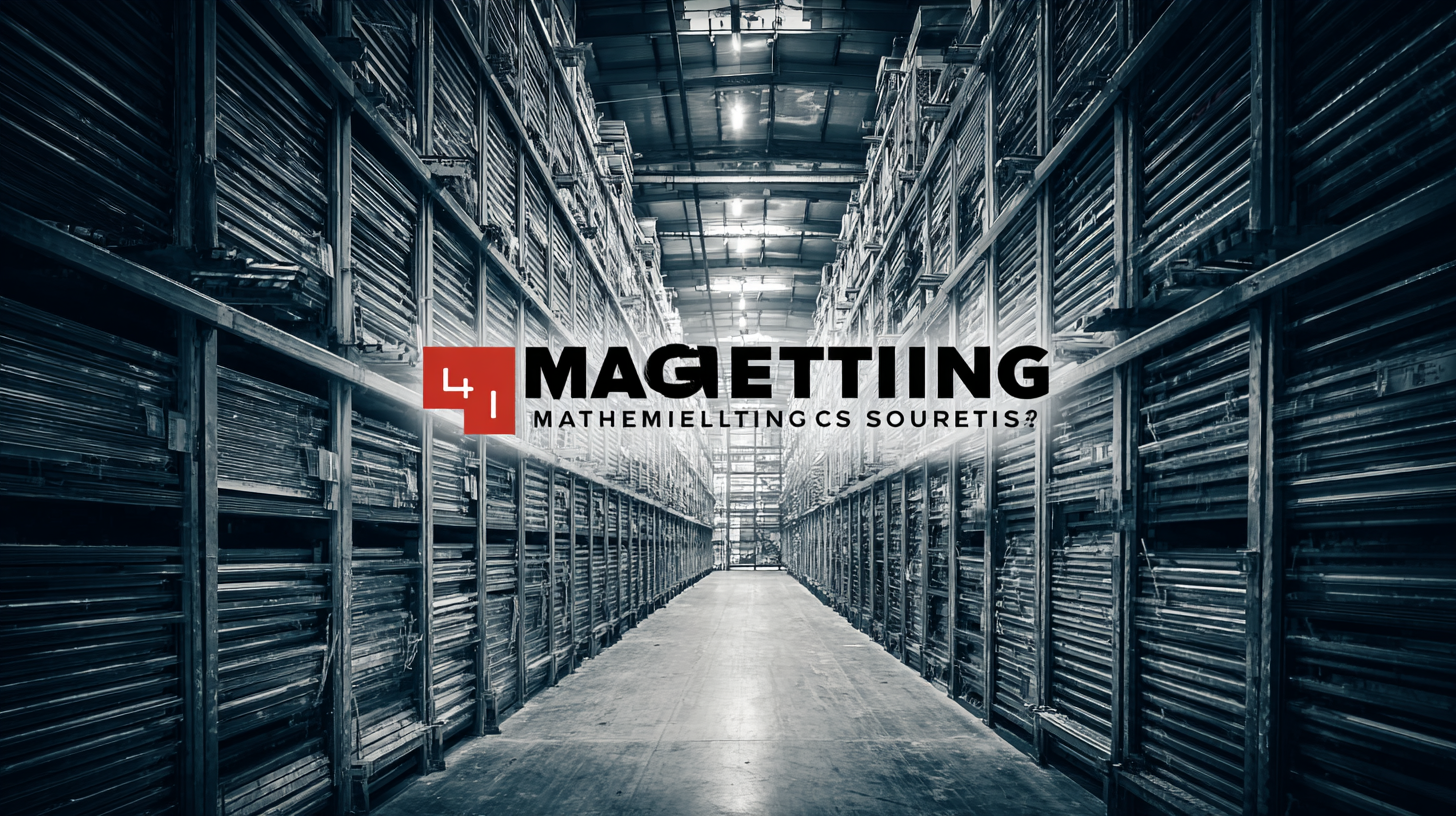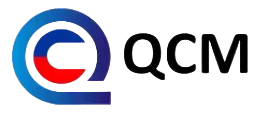In the realm of construction and architecture, Magnetic Shuttering Solutions have emerged as a pivotal innovation, enhancing efficiency and precision in the industry. According to a recent report by MarketsandMarkets, the global market for shuttering and scaffolding equipment is projected to reach $21.3 billion by 2026, with an increasing demand driven by rapid urbanization and infrastructural development. However, as with any evolving technology, challenges such as material optimization, cost-effectiveness, and adaptability remain prevalent. Overcoming these common challenges is essential not only for maximizing the benefits of Magnetic Shuttering Solutions but also for adhering to stringent industry production standards. This blog will delve into data-driven insights that shed light on effective strategies for addressing these obstacles, ensuring that construction professionals can fully leverage the advantages of modern shuttering technologies while maintaining high-quality standards.

The rise of magnetic shuttering solutions reflects a significant shift in construction practices, driven by the demand for efficiency and precision. As the market for these innovative products expands, it reveals key trends underscored by data insights. For instance, the increasing adoption of magnetic shuttering in large-scale projects showcases its ability to enhance productivity while reducing labor costs. This transition is largely attributed to the ease of installation and removal, which allows for faster project turnaround times.
When considering magnetic shuttering options, it's crucial to stay updated on the latest advancements. One tip is to assess the different materials used in magnetic shutter systems, as this can affect both durability and performance. Additionally, understanding the specific site requirements can lead to better decisions regarding the type and configuration of shuttering used.
Furthermore, leveraging data analytics can significantly improve project outcomes. By analyzing past project performances, companies can identify patterns that lead to success with magnetic shuttering solutions. Keeping track of metrics such as time savings and cost efficiency can help stakeholders make informed choices, ultimately leading to more successful implementations in future construction endeavors.

In analyzing the cost-effectiveness of magnetic shuttering alternatives, it becomes crucial to assess the major cost elements involved in their implementation. Factors such as material expenses, installation labor, and maintenance needs should be taken into account to develop a comprehensive overview. A crucial aspect is the long-term benefits these solutions may provide, especially in enhancing sustainability and minimizing waste.
When considering green infrastructure, it's essential to prioritize alternatives that not only meet financial constraints but also address climate change impacts effectively. Tips for evaluating these alternatives include conducting a thorough cost-benefit analysis and leveraging data from existing projects to gauge performance and durability. Engaging with stakeholders during this analysis can also shed light on shared priorities and constraints, ensuring that decisions are well-informed.
Furthermore, as urban areas increasingly seek adaptive solutions, incorporating innovative materials and construction methods can lead to significant savings. For instance, using compressed earth bricks or hybrid roofing systems in residential prototypes can exhibit a favorable cost-effectiveness ratio. Collaborating with experts in machine learning might reveal trends and insights that optimize these infrastructures, aligning financial feasibility with ecological responsibility.
When comparing magnetic shuttering systems to traditional alternatives, it’s essential to consider the performance metrics that matter most in construction projects. Magnetic shuttering systems offer remarkable speed of installation due to their quick setup process. This efficiency can significantly reduce labor costs and project timelines. In contrast, traditional shuttering may require more time for assembly, leading to potential delays and increased expenses.
Tip: To maximize the benefits of magnetic shuttering, ensure that you are using high-quality materials that adhere firmly and can withstand the pressures of concrete. Regular maintenance checks on the magnets can also enhance performance and longevity.
Additionally, magnetic shuttering systems provide a high level of adaptability. They can easily conform to various shapes and sizes, making them ideal for complex designs. In comparison, traditional systems often require custom fabrication, which can be both costly and time-consuming.
Tip: When deciding between the two, assess the specific requirements of your project. If flexibility and speed are priorities, magnetic shuttering may be the superior choice, while traditional systems could be more suitable for simple and uniform structures.
In the construction industry, the integration of magnetic shuttering solutions has been revolutionizing traditional methods, leading to enhanced user satisfaction and improved project outcomes. A recent report from the International Journal of Construction Management noted that 78% of contractors who adopted magnetic shuttering reported a significant reduction in setup times, ultimately increasing labor efficiency by nearly 30%. This data underscores the effectiveness of magnetic systems in streamlining workflows, allowing teams to focus more on quality and results rather than setup intricacies.

User feedback on magnetic solutions has further illuminated their impact. A survey conducted by the Construction Technology Association revealed that 85% of users felt that magnetic shuttering provided superior alignment and stability compared to conventional systems. Improved accuracy not only reduces material wastage, estimated to be up to 20% in some scenarios, but also enhances the overall structural integrity. With such compelling data highlighting the benefits of magnetic shuttering, it’s clear that user experiences are playing a crucial role in shaping the future of construction methodologies.
Recent data indicates that the demand for magnetic shuttering solutions is set to rise significantly over the next few years, driven largely by advancements in construction techniques and a growing emphasis on sustainability. According to a report by MarketsandMarkets, the global market for magnetic shuttering is expected to grow at a compound annual growth rate (CAGR) of 7.9% from 2023 to 2025. This surge is largely attributable to the construction industry’s need for more efficient and adaptable systems that can reduce labor costs and shorten project timelines while enhancing safety standards.
Looking ahead, several innovations in magnetic shuttering technology are anticipated to reshape the industry landscape. By 2025, we expect to see the integration of smart materials that can respond to environmental conditions, thereby improving the insulation and energy efficiency of structures. In addition, as reported by Research and Markets, the adoption of AI and machine learning in project management is projected to further streamline operations, providing data-driven insights that can optimize the use and maintenance of magnetic shuttering systems. These developments will not only enhance productivity but also contribute to the overall sustainability goals of the construction sector.
